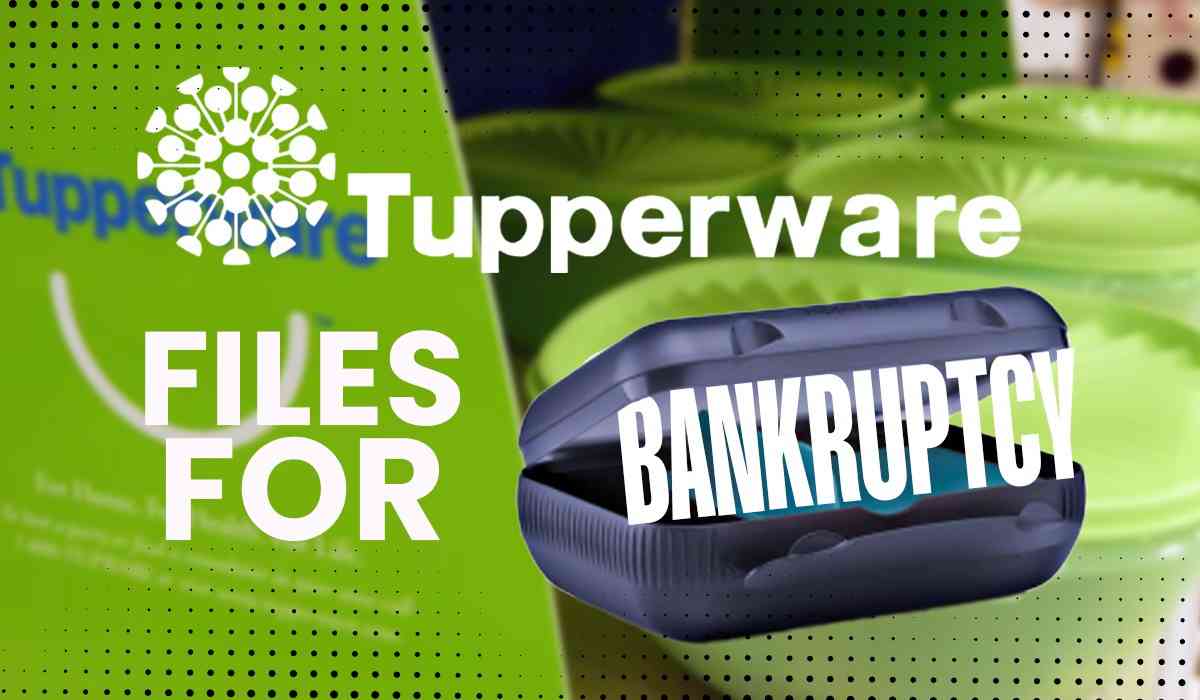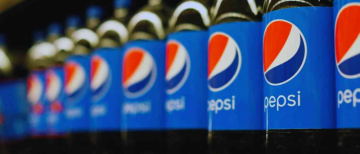It’s a flashback to simpler times—school days when losing your Tupperware tiffin was nothing short of a mini-crisis at home because of our mother's love for her Tupperware boxes!
For many of us, "Tupperware" wasn’t just a brand; it symbolized a mother's love wrapped in durable plastic containers, keeping our food fresh. It was a kitchen essential, tucked away in cabinets, passed down through generations. Yet, this iconic name, which once dominated households worldwide, now faces its toughest challenge- Bankruptcy.
Tupperware Brands Corp, a name synonymous with food storage, has recently filed for Chapter 11 bankruptcy protection. This move marks a significant turning point for the company that once revolutionized kitchen organization with its innovative plastic containers.
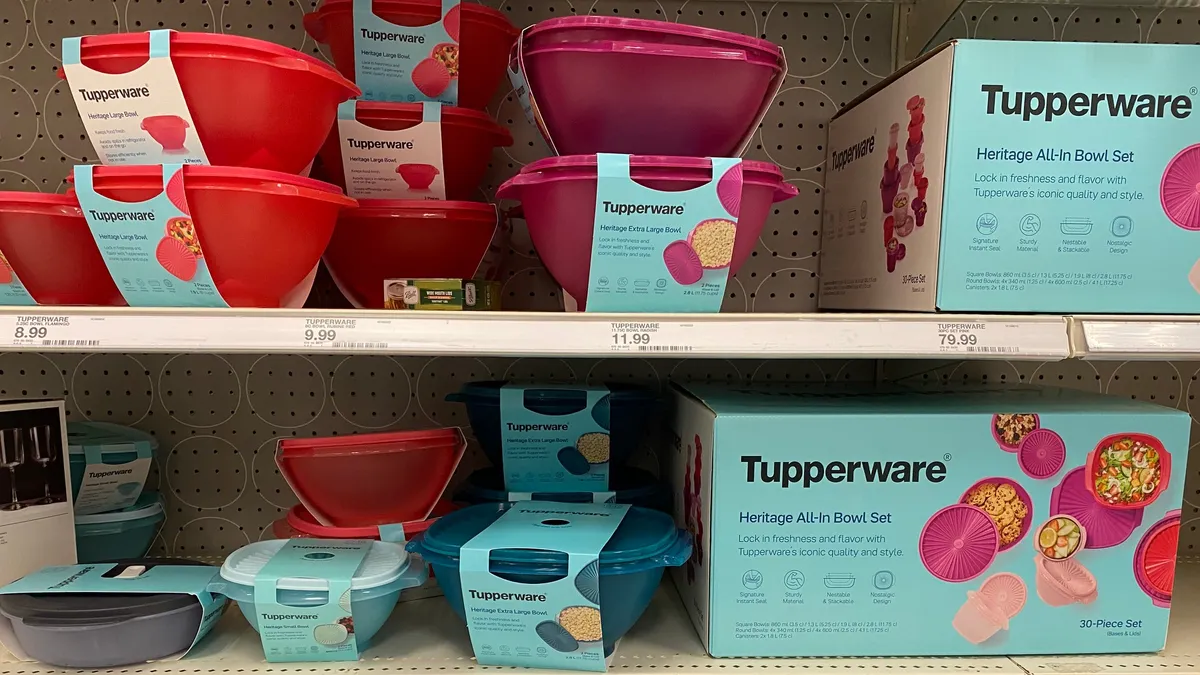
The Birth of a Kitchen Icon
- Origins and Innovations
Founded in 1946 by chemist Earl Tupper, Tupperware was born out of a post-Great Depression need for affordable food storage solutions. Tupper, while working at a plastics factory, invented an airtight seal for plastic containers, a significant innovation at a time when many families could not afford refrigerators. This breakthrough aimed to reduce food waste and make preserving food more accessible.
Despite its innovative edge, Tupperware struggled initially to gain traction in the market. It was not until Brownie Wise, a visionary salesperson, began hosting "Tupperware parties" in the late 1940s that the brand began to flourish. These parties were gatherings where salespeople, mostly women, demonstrated and sold Tupperware products directly to other women in a social setting. This approach not only boosted sales but also embedded Tupperware into the cultural fabric of American households.
- The Rise to Popularity
By the 1950s and 1960s, Tupperware had become a household name, synonymous with plastic food storage. Its flexible, airtight seal was revolutionary, setting Tupperware products apart from competitors. Over time, the brand expanded globally, reaching nearly 100 countries and becoming a staple in kitchens worldwide. As Catherine Shuttleworth of Savvy Marketing noted, Tupperware's name became so integrated into everyday language that many people began to use it as a generic term for plastic containers.
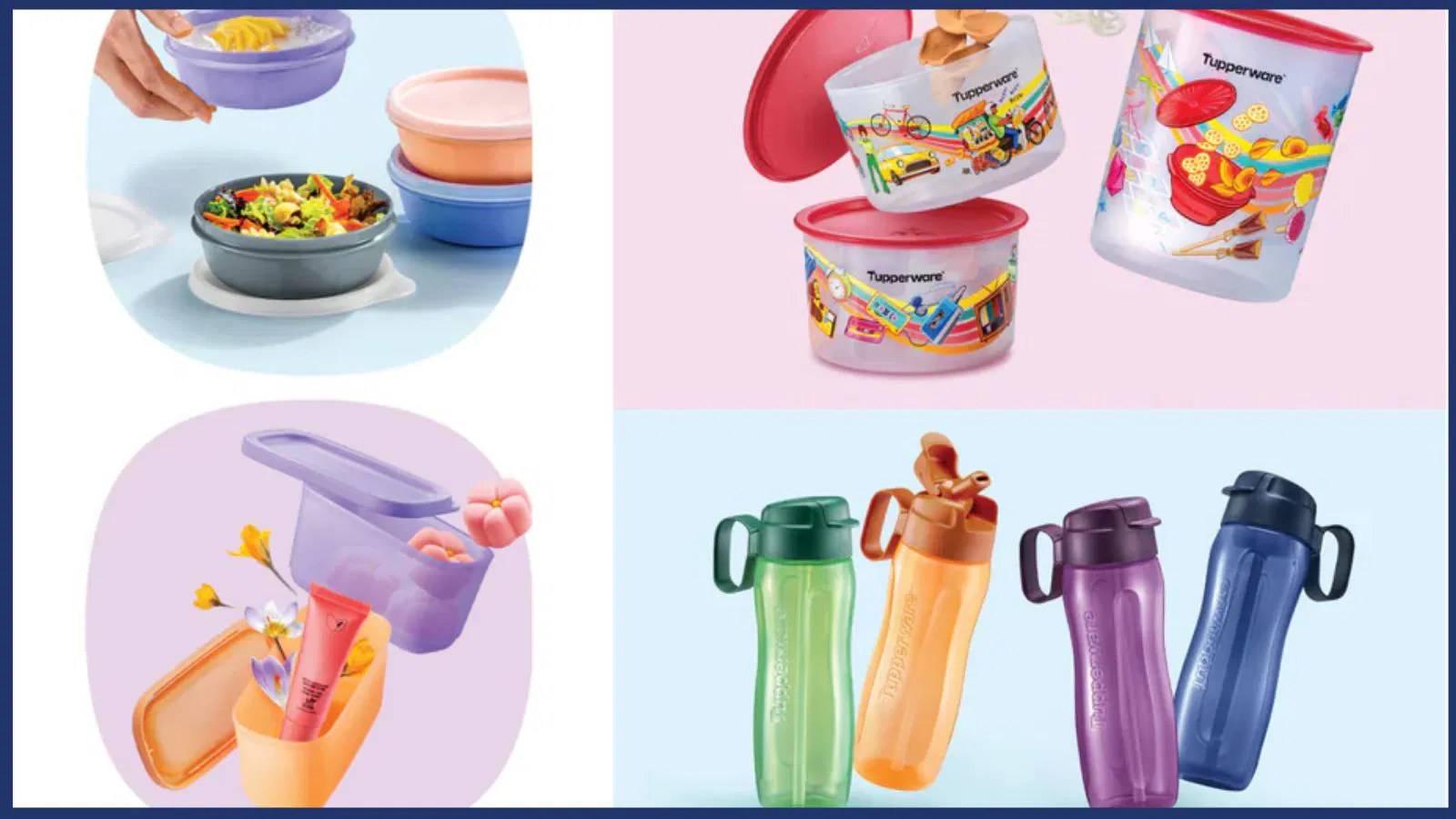
Decline Amidst Changing Trends
- The Shift in Consumer Preferences
Despite its strong start, Tupperware has struggled in recent years. The company’s decline can be attributed to several factors, primarily shifting consumer attitudes toward environmental sustainability. As awareness about the environmental impact of plastics grew, many consumers began seeking alternatives to plastic containers. This shift in behavior made Tupperware’s offerings less appealing to environmentally conscious buyers.
The COVID-19 pandemic initially provided a brief surge in demand, but this was short-lived. Tupperware’s sales began to steadily decline from 2018 onwards, driven by rising competition and changes in consumer preferences. The company found itself struggling against cheaper, non-branded alternatives and new competitors in the market, including online platforms like Temu and retail giants like Target.
- Market Challenges
Tupperware's financial troubles have been exacerbated by increasing operational costs. Rising prices for plastics and shipping, along with higher wages and transportation expenses, have eroded the company's profitability. Attempts to modernize its business models, such as selling products through Amazon and Target, were not enough to reverse the downward trend. In response, Tupperware announced plans to close its only U.S. factory and shift production to Mexico, laying off 148 employees in the process.
- Financial Struggles
In addition to these operational challenges, Tupperware faced significant financial difficulties. Last year, the company warned investors about its risk of bankruptcy and potential delisting from the New York Stock Exchange. Tupperware's shares plummeted by over 75% this year, and the company reported assets of between $679.5 million and $1.2 billion in total debts, further compounding its financial woes.
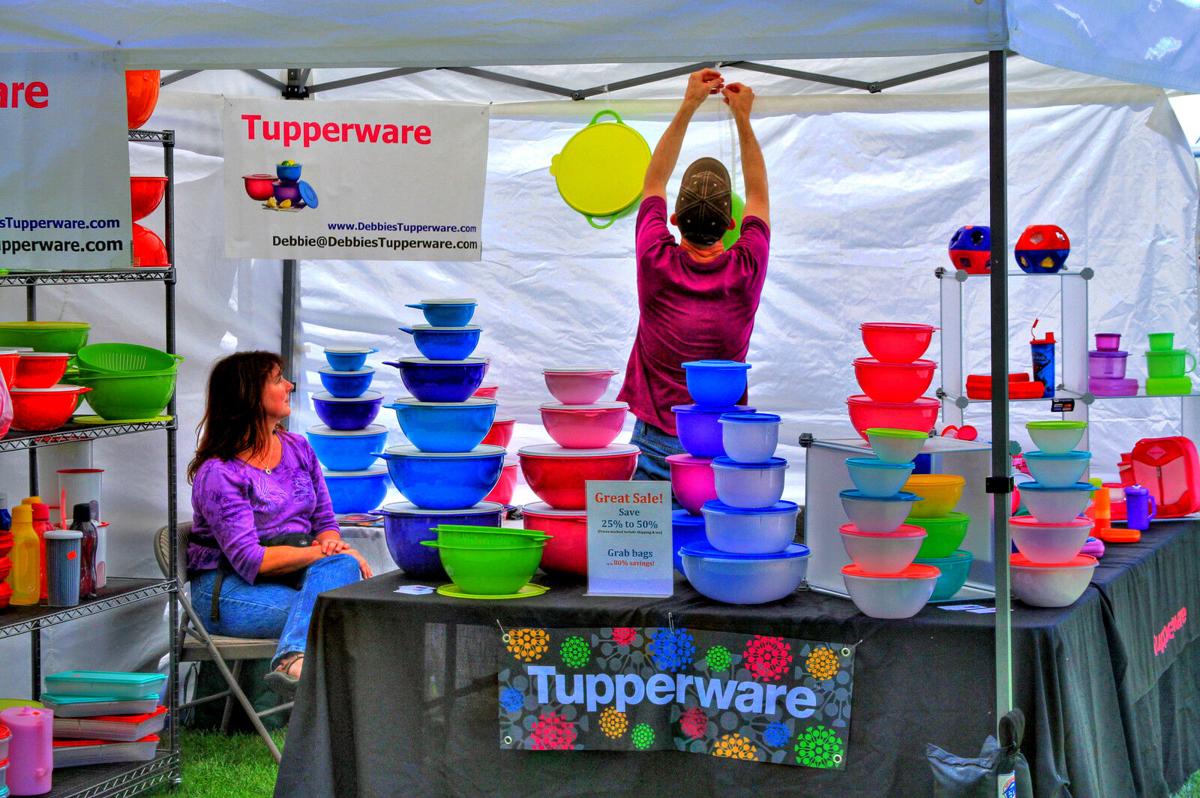
The Bankruptcy Filing and Future Outlook
- Chapter 11 Bankruptcy
On September 19, 2024, Tupperware filed for Chapter 11 bankruptcy protection, seeking to reorganize its finances and continue operating while protecting its brand. In its bankruptcy petition, Tupperware reported significant debts and assets and expressed its intention to seek court approval for a sale process. The company aims to use the bankruptcy process to "further advance Tupperware’s transformation into a digital-first, technology-led company."
President and CEO Laurie Ann Goldman, who took the helm in October 2023, acknowledged the company's recent struggles and emphasized that the bankruptcy proceedings would provide "essential flexibility" as Tupperware pursues its transformation goals. Goldman, previously CEO of Spanx, has led efforts to modernize Tupperware's operations, including a focus on digital sales channels.
- Looking Ahead
Despite the bankruptcy filing, Tupperware remains committed to serving its customers and maintaining its global presence. The company employs over 5,450 people and partners with a network of more than 465,000 independent sales consultants across nearly 70 countries. The bankruptcy process will allow Tupperware to continue operating while it navigates its financial challenges and seeks to reinvent itself in a rapidly changing market.
Tupperware's journey from an innovative kitchen solution to bankruptcy highlights the challenges faced by iconic brands in adapting to evolving consumer preferences and market conditions. As the company enters a new chapter, it will need to leverage its storied history and adapt to the demands of a more environmentally conscious and digitally oriented marketplace. The outcome of Tupperware's bankruptcy proceedings will determine if the brand can reclaim its place in the hearts and kitchens of consumers worldwide.
With inputs from agencies
Image Source: Multiple agencies
© Copyright 2024. All Rights Reserved Powered by Vygr Media.

